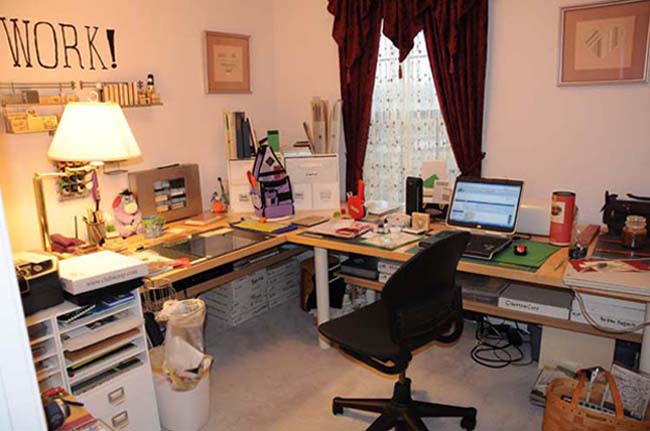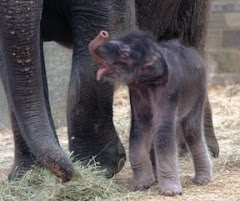Fast glass is a photography term for a lens with a wide open f-stop. A lens with an f-stop that goes down to 2.8 or smaller is considered fast. While f-stop is a range of numbers, photographers usually only talk about the low end. I was using the zoom lens that I got with the camera body and it was a f-5.6 lens, which is slow, slow, slow.
F-stop is how far open the camera lens is to light, not what fraction of a second the camera lens is open to light. Imagine a pinhole in an air mattress. It's a teeny tiny hole, so the air will leave slowly. Pop open the valve on the air mattress and it goes flat in a couple of minutes. Drain that mattress by slashing it wide open with a knife and it will go flat in an instant. F-22 is a pinhole. F-5.6 is the valve. F-1.8 is a big slash. In photographic terms, I'd been limited to pinhole or valve. I wanted the slash of a low f-stop.
Where did f-stop numbers come from? They are a count of the number of times a circle could be fit into the area of the lens. Just like counting how many circles I could cut out of a single piece of paper. If I am cutting large circles, I can only get 2.8 circles. If I cut small circles, I can fit 22 of them in the same size piece of paper. I'm not cutting some small circles and some large ones from one sheet of paper, all my circles from a single piece of paper are the same size.
And if that wouldn't be enough to confuse a person, when I talk about f-stop and how I've set my camera, I stop down by using a high number, like f-18 or f-22. I go wide open with a low number, like f-2.8. That's because the f-stop number is describing the size of a circular hole in the center of the lens that can be made very big, at f-2.8, or it can be turned into a pinhole in the center of the lens, at f-22. I constrict it down to a small opening and say I've stopped way down.
Without the large opening of a low f-stop, it is harder to get enough light into my camera to get a good picture. I can keep the shutter open a long time and end up with blurry photos, or I can use a flash to get extra light and everything looks flat, because that's how flashes work. A third option is to push the ISO up above 800 and the photo will have speckles all over it, called noise. I can fix some of the noise with software like Noise Ninja, but I'd much rather not have it in the first place.
Fast zoom lenses are horribly expensive. I could easily buy a used car for the money I would spend on a fast zoom lens. I'd get f-2.8 and I'd be thrilled. A 50 mm fixed focus lens is famous for being super-duper fast and inexpensive, as far as lenses go. I got mine for $125.00 and I didn't shop around. I spotted it, I had to have it. The best f-stop is 1.8. I'm disgustingly happy.
Tuesday, June 30, 2009
Subscribe to:
Post Comments (Atom)





No comments:
Post a Comment